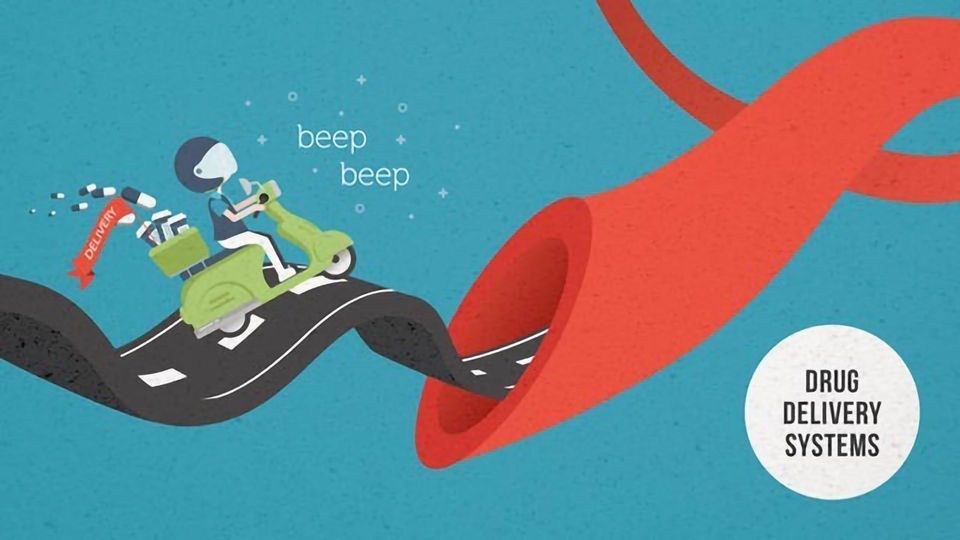Breakthrough in Drug Delivery Systems
In a groundbreaking advancement, materials engineers at Stanford University have introduced a revolutionary hydrogel drug delivery system poised to redefine the landscape of diabetes and weight control treatments.
This innovative system condenses the routine of daily or weekly injections of diabetes and weight control drugs, including Ozempic, Mounjaro, Trulicity, Victoza, and others, into a singular administration required just once every four months.
The recent publication of these findings in Cell Reports Medicine on Nov. 21 illuminates the potential to significantly enhance patient adherence and long-term health outcomes for individuals coping with Type 2 diabetes.
Tip: Please fill out the form if you or a friend would like more information on CGM devices.
Rethinking Drug Administration for Diabetes
Addressing Adherence Challenges: Eric Appel, an associate professor of materials science and engineering at Stanford, emphasizes the pervasive challenge of adherence in managing Type 2 diabetes.
Read Guide about Wegovy Dosage Guide: The Best Way For Weight Loss
By reducing the necessity of shots to merely three a year, this novel drug delivery system could substantially alleviate the burden for individuals managing diabetes and obesity on a daily basis.
Global Impact: With over half a billion individuals worldwide grappling with Type 2 diabetes, including 130 million Americans, the economic toll of treatment in the United States alone surpasses $400 billion annually.
The relatively recent introduction of GLP-1 drugs has garnered recognition for their minimal side effects and profound regulation of energy intake, significantly impacting patient well-being and treatment efficacy.
Must Read CGMs in noncritical care hospitals optimizes glycemic control
The Science Behind the Hydrogel
Nanocomposite Innovation: The heart of this revolutionary drug delivery system lies in the unique composition of its nanoparticles. Unlike conventional hydrogels, Stanford’s engineered hydrogel possesses a durable yet dissolvable structure, gradually releasing drug molecules over an extended period.
Engineering Mastery: Referred to as a polymer-nanoparticle (PNP) hydrogel, this cutting-edge technology ensures both injectability and sustained release, essential characteristics for an effective and patient-friendly drug delivery system. Its design aims to improve drug adherence by offering a less invasive and more manageable treatment option.
Pathway to Advancement
Successful Trials: Initial trials conducted on laboratory rats exhibit promising results, demonstrating enhanced blood glucose and weight management compared to standard daily injections of commercially available drugs.
Beyond Diabetes: While initially tailored for a four-month regimen with GLP-1 drugs, the adaptability and versatility of this drug delivery system hint at potential applications for a diverse range of medications and medical conditions.
Also, read about Kaleido Launches HCL System With Diabeloop & Dexcom
Envisioning the Future
Human Trials on Horizon: Anticipating trials in pigs – a species that more closely resembles humans physiologically – Stanford aims to initiate human clinical trials within the next two years. These trials hold the promise of reshaping the landscape of Type 2 diabetes management and potentially transcending the treatment paradigms for various medical conditions.
This innovative drug delivery system stands as a beacon of hope, promising extended therapeutic benefits and the potential to reshape treatment protocols, not solely for Type 2 diabetes but potentially for a spectrum of medical conditions.


